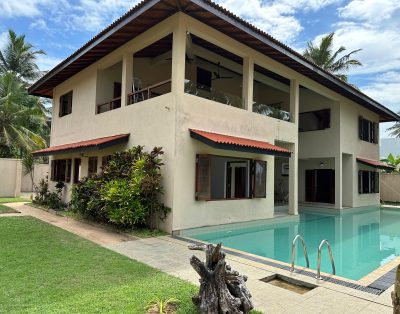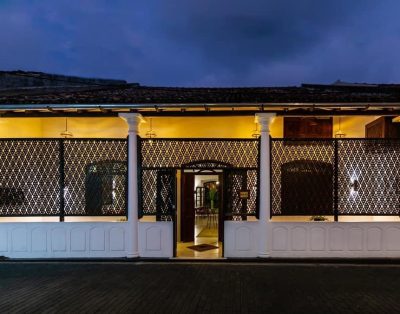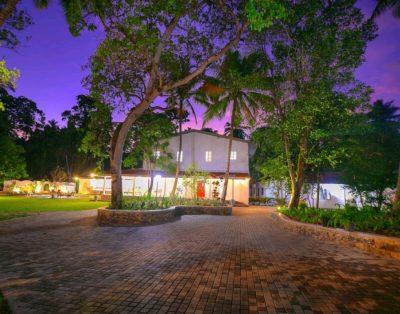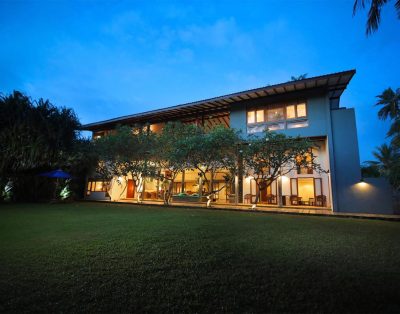Sculptures to Batik: A Creative Odyssey Across Sri Lanka.

When you think of Sri Lanka, pristine beaches and lush landscapes may come to mind, but this island nation has a treasure trove of artistic traditions to be uncovered. From the farthest points of point Pedro to point Dondra, Sri Lanka offers a kaleidoscope of art forms that have been lovingly nurtured by an island’s multifaceted culture throughout the years. Let’s embark on an odyssey that turns the pages of history whilst weaving through a rich tapestry of color that defines the ethos of an island nation.

We begin our journey in the heart
of Colombo, the capital city. This is a hub of artistic entrepreneurship, where
artisans transform precious metals into intricate designs. Especially, Hetti
Veediya, also known as Sea Street; is one of the most popular locations for
gold jewelry in Sri Lanka. This street rose in fame with the arrival of
Chettiars from South India during the Colonial era. Equipped with their
business acumen, the Chettiars honed their skills in the fine art of jewelry
making over the years and are now renowned for their unique pieces of jewelry.

Onwards…… our journey continues
through to the last kingdom of Sri Lanka. Surrounded by rolling hills and
consisting of a mild climate, Kandy stands proud, steeped in rich history and
traditions. Home to the sacred “Temple of Tooth” (where Lord Buddha’s tooth
relic remains), Kandy is also the birthplace of the distinctive tradition of
Kandyan dance (උඩරට නැටුම් -udarata natum). Originally performed only by men, Kandyan dance
encompass 18 vannams (dance styles/routines) that depict the grace and beauty
of various animals such as elephants, eagles, cobras, peacocks and many more.
This dynamic and colorful form of visual art is accompanied by the rhythmic
beat of traditional drums along with powerful foot work, leaps, whirls as well
as subtle and captivating movements of the body.

From Kandy we head to the heart
of the central highlands of Sri Lanka, Matale; where the original practice of Laaksha
or Lacquer work is being kept alive. Laaksha is the name of an elaborate method
of decorating wooden articles using lacquer. Lacquer is created through a resin
that is scraped off the bark of lacquer beetle infested trees and is mainly
imported from India. There are two main techniques of applying lacquer
decorations. One method uses fingernails in aid of this endeavor. The process
begins by coating the object with the desired base color followed by warming it
over fire. Then pigmented lacquer is pressed and smoothed over the surface of
the object using a talipot leaf. Sophisticated designs are then created, and
when complete, the lacquer is expertly severed using the thumb nail. Finally,
the object is polished with a talipot leaf coated in coconut oil.

The other technique used is called “spool-work”; which involves rotating the object that needs to be decorated on a lathe while applying a hardened stick of lacquer. The friction generated by the rotation of the object softened the lacquer allowing it to be absorbed to the object’s surface. This method is most suitable for items that can be turned on a lathe. Regardless of the method used, the result takes many forms varying from walking sticks, bowls, vases to many shapes and sizes of containers.

From Matale, we journey towards
the North of the island; to the “Land of Gopurams” (tall, elaborately carved
entrances to Hindu Temples). The Jaffna peninsula is home to the colorful world
of temple art; where masterpieces of complex carvings, murals and paintings
merge with the age old tunes of the Nadaswarams (a traditional elongated flute)
and spirituality. Listen to the hum of the priest’s chanting and watch the
dancing flames of oil lamps throw shades of light onto the many stories of gods
and goddesses depicted so dramatically on the temple walls. Tied to these
paintings are local folklores and mythologies that are waiting to be
re-discovered. Take a walk through the myriad of pathways in the local market
where weavings of Palmyra beckon in the shape of handicrafts. Run your fingers
through the multi-colored sarees on display, perchance take the opportunity to
be expertly draped and admired.

From the North to the South we
travel through the winding roads to arrive at the southern coastal town of
Ambalangoda; where traditional mask making and the creation of Batik textiles
takes center place. Marking its origins from Sri Lankan folklore, traditional
masks are made from a light wood called “Kaduru”. Influenced by Kerala and
Malabar styles of mask making, the “Kaduru” wood is carved into masks that
depict colorful and captivating folktale characters. Similarly, drawing
influence from Indonesia, but with a Sri Lankan twist is the art form of batik
which attracts both locals and tourists alike. To create a batik textile, first
a layer of wax and dye are infused with cloth and dried. Once the designs have
been completed, the wax is scraped off to reveal the stained patterns and then
the cloth is boiled. This process is repeated until the desired effect is
achieved. The batik technique of decoration can be applied on to any type of
clothing from dresses, shirts, sarongs to tablecloths, bed sheets and much
more.

Sri Lanka’s art forms and
artistry in relation to industry and traditions are not confined to galleries;
it is in fact woven into the fabric of everyday life. It also provides a window
into the soul of the local culture. Visit Sri Lanka and discover the wonder of
an island’s story by merging travel and art.






